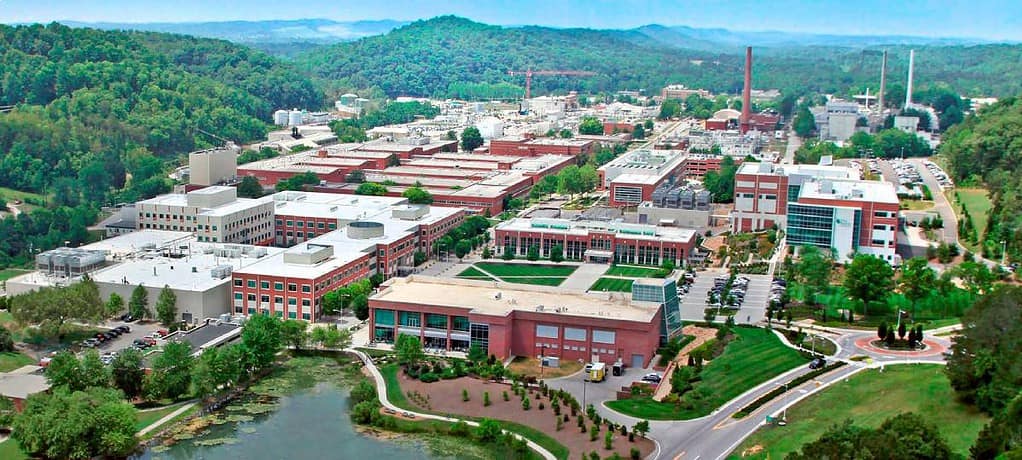The second allocation will be for the Oak Ridge Base Foundation Model for Earth System Predictability, or ORBIT, which was a Gordon Bell award finalist and won the 2024 Supercomputing Achievement award from HPC Wire.
“Our next step is to use this new allocation to further train and refine the accuracy of the model for Earth system predictability,” he said.
Dalton Lunga, who serves as group leader for GeoAI and a senior R&D staff scientist at ORNL, said the NVIDIA NAIRR award is intended to train spatially aware multimodal foundation models for Earth observation applications.
“The allocation will enable the project to explore a vast number of scientific experiments exploring varying spatial resolutions, non-concurrent sensor acquisitions, and pairing remote sensing (pixels and point-clouds), in-situ measurements (points), and georeferenced information to bind and enrich multimodal representations,” Lunga said. “The pretrained and finetuned models will support our scientific understanding of the built, physical and natural environment as well as rapid response monitoring of natural disasters.”
ORBIT will have an INCITE allocation as well, said Tsaris Aristeidis, research scientist in ORNL’s National Center for Computational Sciences.
“Last year, we developed the ORBIT foundation model for the Earth system predictability,” he said. “This year, supported by an INCITE allocation, we will advance ORBIT to deliver higher spatial resolution forecasts. These high-resolution, accurate forecasts will support critical multi-sector applications, including improving the reliability of energy generation and enhancing natural hazard mitigation efforts.”
Pei Zhang, a computational scientist at ORNL, worked on a project to create a trustworthy foundation model to better understand turbulence. Called the Trustworthy Multi Scale Adaptive Turbulence Foundation Model, or MATEY, Zhang said this NAIRR allocation will allow them to have the computing hours needed to train such a large-scale model.
“With all these computing hours together, they’ll help us to build this large foundation model,” Zhang said. “Then, we can send this model to other scientists, and they can use our model in their applications.”
Another NAIRR recipient is a project led by Amir Ziabari, senior R&D staff data scientist, focused on advancing 3D imaging using artificial intelligence. The team is developing a new type of AI model called DiffusiveINR, which combines two cutting-edge techniques: one that generates images by gradually removing noise, and another that represents 3D objects more smoothly and efficiently than traditional methods. This model will help scientists reconstruct high-resolution 3D images from limited or incomplete data — important for applications in materials science, healthcare, and manufacturing.
Integrating these advanced algorithms into the DiffusiveINR foundational model allows for 3D reconstruction from sparse and incomplete scientific imaging data commonly being captured at various centers and facilities at ORNL.
Funding for these projects was made possible through ORNL’s AI Initiative and Laboratory Directed Research and Development. ORNL’s Oak Ridge Leadership Computing Facility is a DOE Office of Science user facility and home to the Frontier supercomputer, the world’s fastest for open science and the first to break the exascale barrier.
UT-Battelle manages ORNL for the Department of Energy’s Office of Science, the single largest supporter of basic research in the physical sciences in the United States. The Office of Science is working to address some of the most pressing challenges of our time. For more information, please visit energy.gov/science. — Mark Alewine
This Oak Ridge National Laboratory news article "AI Initiative projects receive NAIRR, INCITE awards for foundation models" was originally found on https://www.ornl.gov/news

